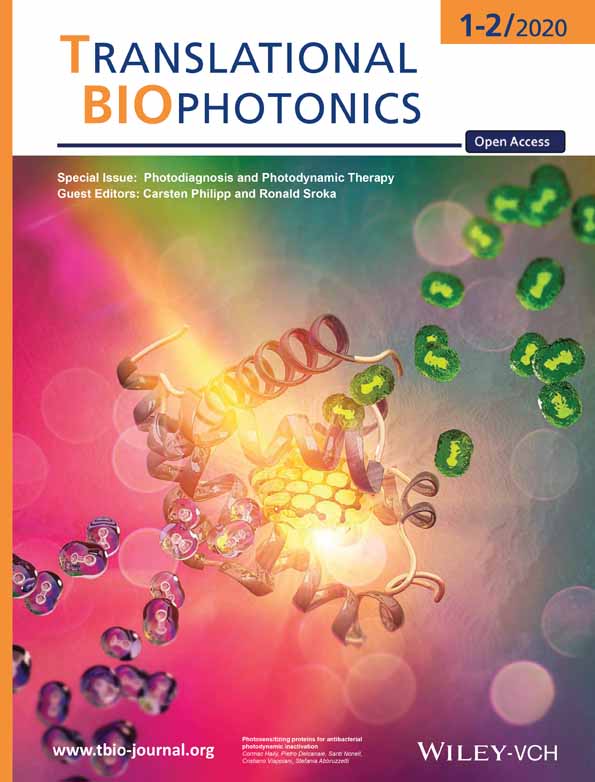|
Autores/as
Hally, C. ; Delcanale, P.; Nonell, S. ; Delcanale, P.; Nonell, S. ; Viappiani, C.; Abbruzzetti, S. ; Viappiani, C.; Abbruzzetti, S.
|
Abstract
We review recent applications of water‐soluble proteins as carriers for photosensitizing molecules in antimicrobial photodynamic therapy (aPDT). The low water solubility of photosensitizers and their tendency to aggregate often impair their photophysics, thus resulting in lower bioavailability of the compounds. Taking advantage of the spontaneous interaction between water soluble proteins endowed with hydrophobic cavities and the otherwise insoluble photosensitizing compounds, it is possible to obtain efficient delivery systems to be applied inaPDT. These self‐assembled structures are endowed with good photosensitizing and fluorescence emission properties (comparable to those of monomerized photosensitizers) with high biocompatibility and warrant good bioavailability of the photoactive drug. The proteins used so far comprise serum albumins, β‐lactoglobulin, and apomyoglobin, while photosensitizers considered up to now have been hypericin, curcumin, Zn‐protoporphyrin IX, and Zn‐phthalocyanine. Furthermore, mutants of fluorescent proteins derived from GFP‐like systems or from flavin binding proteins complete the array of available photosensitizing proteins for aPDT.
|

RECERCAT
Altmetrics
 
|
|
Publicación
Translational Biophotonics, May 2020, v.2, n.1-2, e201900031
|
